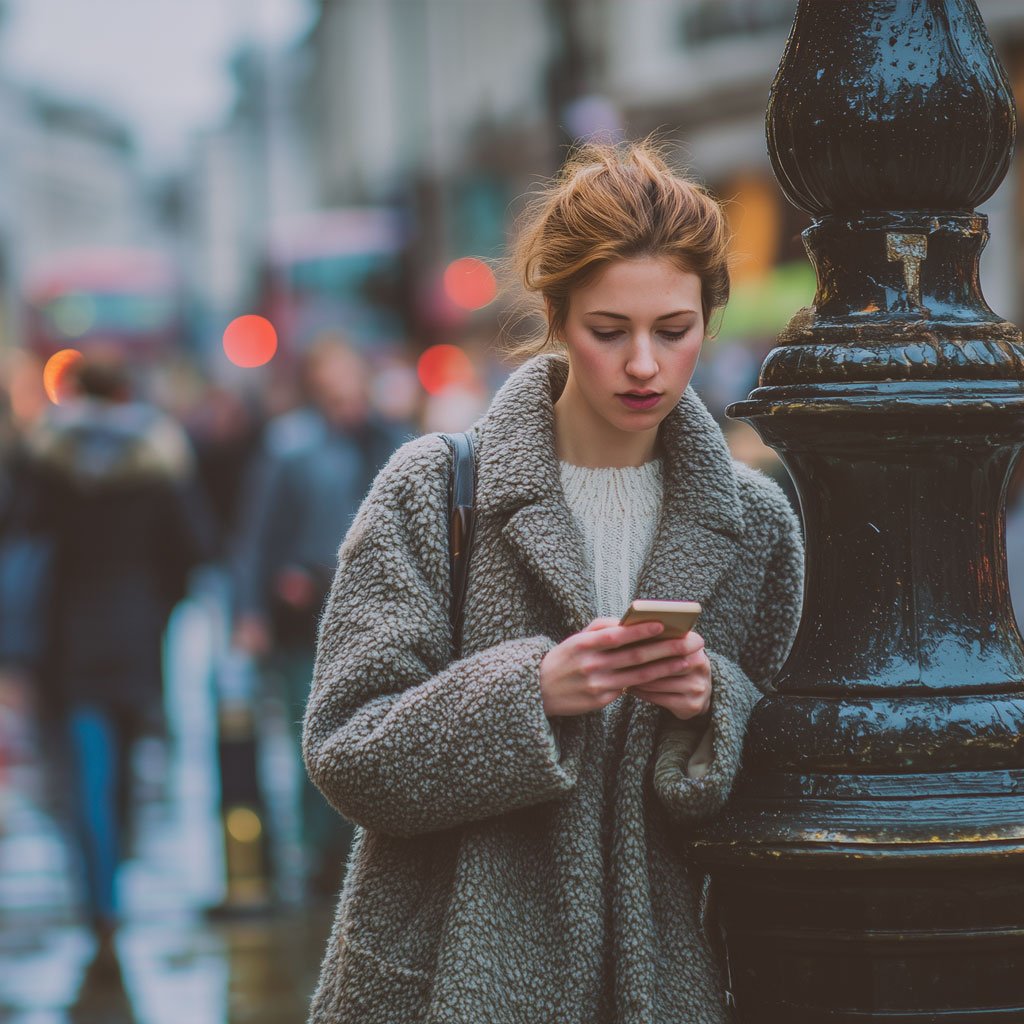Why do cliffhangers keep us glued to a show, even when we’re ready to call it a night? Why do half-told stories feel more memorable than complete ones? It’s not a fluke—it’s behavioral science.
The Zeigarnik Effect, named after psychologist Bluma Zeigarnik, describes our tendency to remember interrupted or incomplete tasks better than completed ones. This cognitive tension—our brain’s need for closure—can be a powerful tool in marketing and brand storytelling when used intentionally.
Let’s explore how to apply the Zeigarnik Effect to craft stories and brand experiences that leave audiences thinking, feeling, and coming back for more.
Understanding the Zeigarnik Effect
In the 1920s, Bluma Zeigarnik observed that waiters in a café could remember unpaid orders far more accurately than those that had already been paid for. Once the task was complete, their memory of it faded. But as long as the task was incomplete, it remained active in their minds.
She later replicated this phenomenon in lab studies, finding that people remembered uncompleted tasks about twice as well as completed ones.
This insight matters in marketing because incomplete stories create mental tension—and tension, when used skillfully, drives attention, recall, and re-engagement.
Why Incomplete Stories Stick
Our brains are wired to seek closure. When a story is left unresolved—whether it’s an unanswered question, a teaser, or a visual that suggests something more to come—we experience a psychological discomfort that keeps the content top of mind.
Marketers can tap into this by strategically opening loops and delaying resolution, encouraging users to:
-
Keep reading or watching
-
Click through to the next message
-
Return for future updates
-
Feel invested in the story or brand
It’s not about manipulation—it’s about designing for the way people process information and emotion.
Practical Applications in Brand Storytelling
1. Multi-Part Campaigns That Tease Resolution
Rather than front-loading all the value into a single ad, email, or video, use a sequenced narrative that builds tension and curiosity over time.
Examples:
-
Email series that unfold a story over 3–5 touchpoints
-
A brand video that ends with, “We’ll show you how they did it—next week”
-
A multi-post social series with episodic storytelling
Why it works:
Each message leaves something unresolved—whether it’s a question, a decision, or a visual cliffhanger—compelling your audience to return.
2. Product Launch Teasers That Leave Gaps
Instead of unveiling every detail at once, use the Zeigarnik Effect to create anticipation and sustained attention.
Examples:
-
Countdown campaigns that hint at features without revealing them
-
Launch videos that show the problem, but save the solution for later
-
Social content that teases “what’s coming next week”
Pro tip: Pair with visual storytelling techniques (zoom-ins, partial reveals, obscured imagery) to tap into both cognitive and visual curiosity.
3. UX and Onboarding Flows That Encourage Exploration
In product design, full transparency can sometimes backfire. Showing everything at once overwhelms users. Instead, design progressive disclosure—where small, unfinished interactions invite further exploration.
How to use it:
-
Show a progress bar with “3 steps to get started” but only reveal the first
-
Use onboarding copy like, “There’s one more way to get even more from [product]…”
-
Reward users incrementally, keeping their sense of discovery alive
This keeps users engaged not just by value, but by narrative tension built into the product itself.
4. Social Media that Opens a Loop Instead of Closing It
Think of your audience’s feed as a scroll of “completed thoughts.” A post that asks a question, teases an outcome, or opens a story stands out.
Examples:
-
“Here’s how one small change increased sales by 60%—but it almost didn’t happen. Here’s why.”
-
“You won’t believe what most leaders get wrong about productivity. More on that in tomorrow’s post.”
-
“Part 1: The brand mistake that cost us $30,000. (Part 2 coming Friday.)”
If your brand is using content to build trust or authority, sequencing insight through tension makes your audience stick around—and remember you.
When Not to Use It
Like any psychological principle, the Zeigarnik Effect works best when it’s used with intention. Avoid overusing it or leaving users in perpetual suspense. This leads to fatigue, distrust, or frustration.
Avoid:
-
Endless teasers without payoff
-
Clickbait that doesn’t deliver value
-
Unresolved UX flows that confuse more than they engage
Balance curiosity with clarity. Deliver value inside the loop, even if you delay full resolution.
Final Thoughts: Engagement Lives in the Incomplete
The Zeigarnik Effect reminds us that sometimes the most powerful brand experience isn’t a perfectly wrapped story—it’s the open loop that makes people come back, think deeply, and stay engaged.
So next time you craft a message, campaign, or product experience, ask:
“What’s the one thing I can leave unfinished to spark deeper engagement?”
Because in storytelling, sometimes the most unforgettable moment is the one you haven’t told yet.





